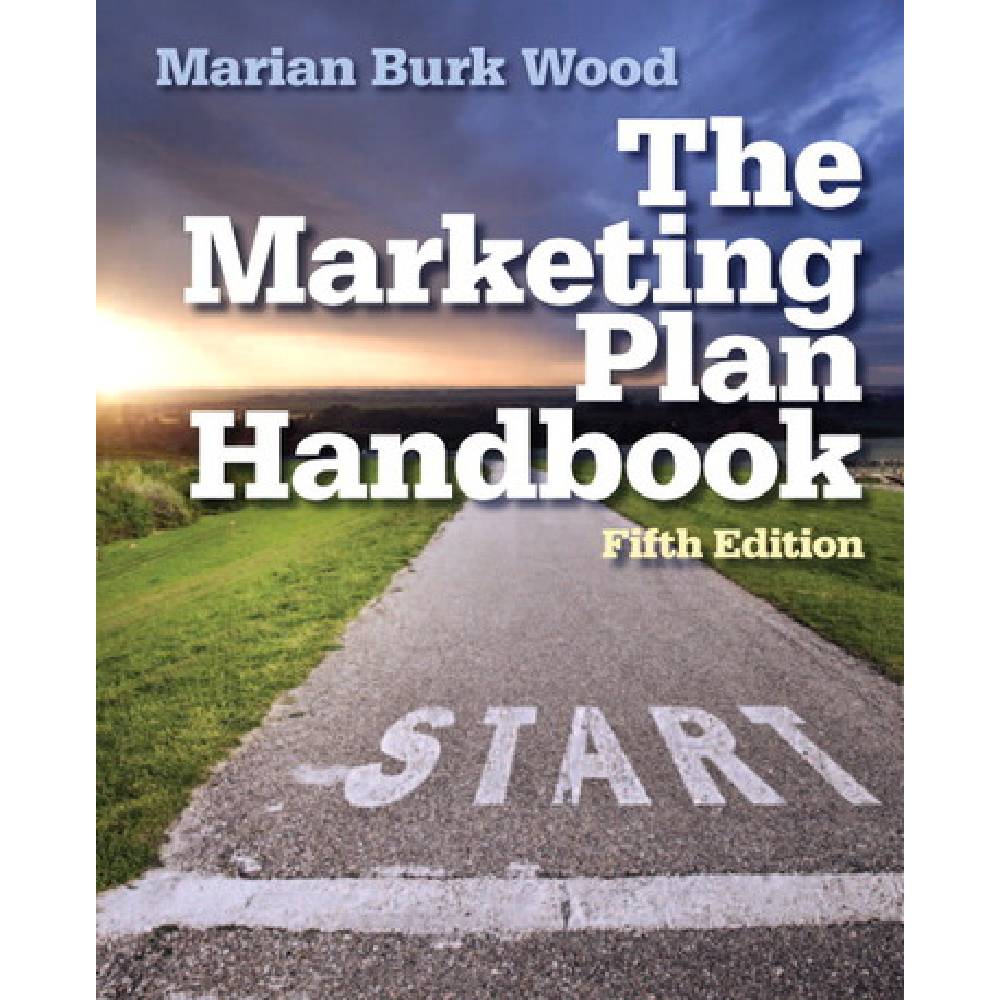The Marketing Plan Handbook, 5th Edition By Marian Burk – Test Bank
$55.00
The Marketing Plan Handbook, 5th Edition By Marian Burk – Test Bank
You will receive this product within 24 hours after placing the order
The Marketing Plan Handbook, 5th Edition By Marian Burk – Test Bank
Chapter 8 – Developing Channel and Logistics Strategy
1. Exhibit 8.2 indicates that value is added as offerings move from inbound to outbound in the marketing channel. Is it possible for marketers to add value to a reverse channel as well? Explain.
Sample answer: Marketers can definitely add value to a reverse channel. One way to add value is to make it more convenient, cheaper, or easier for customers to recycle a product at the end of its useful life. Another way to add value is to pay customers to recycle a product, which adds financial value from the customers’ perspectives. [Students should be able to suggest other ideas for adding value to a reverse channel.]
2. Under what circumstances would a zero-level channel (direct to customers) be more expensive for producers to use, compared with one-level or two-level channel arrangements?
Sample answer: As shown in Exhibit 8.3, a sales force may be used to market directly to business customers. This is sometimes more expensive than a one-level or two-level channel because of the cost of hiring, training, rewarding, and supervising sales personnel. Also, as shown in Exhibit 8.3, zero-level channels may rely on the Internet, catalogs, or phone sales. For a start-up company in some industries, establishing a catalog business (including preparing, printing, and mailing catalogs) or a call center for inbound and outbound sales calls may be more costly than a one-level channel in which the producer sells through a retailer.
3. After reviewing Exhibit 8.4, identify one product that is sold through intensive distribution, one sold through selective distribution, and one sold through exclusive distribution. Why is the number of channel members appropriate for each product’s distribution strategy?
Sample answer: Students’ answers will vary, depending on the products they identify. For example, Coca-Cola soft drinks are sold through intensive distribution, which is appropriate because the products are inexpensive and appropriate for frequent/impulse purchasing in many locations. Tiffany jewelry is sold through exclusive distribution, which is appropriate because buyers want personalized attention when buying expensive items such as diamond rings. Apple’s iPods are sold through selective distribution, available in some but not all stores within a certain market so that the company can train sales personnel and provide technical support as needed.
4. What would you recommend that a store do to discourage showrooming and encourage in-store purchasing?
Sample answer: Showrooming occurs when customers examine merchandise in a store and then buy from an online retailer rather than in the store. Stores can discourage showrooming and encourage in-store purchasing by making the shopping experience more personal or a richer experience, such as with in-store demonstrations or selections tailored to each neighborhood or customer base. Careful pricing and frequent-buyer rewards can help, as well. [Ask students whether they’ve participated in showrooming and what might induce them to buy in a store under such circumstances.]
Chapter 9 – Developing Marketing Communications and Influence Strategy
1. What are the ethical implications of using marketing communications to influence how customers think, feel, and act?
Sample answer: This is a good opportunity to discuss the nature of marketing communications and analyze how they affect customers and marketers. Students should recognize that seeking to influence customers by communicating in a misleading way or by misrepresenting a product or its benefits or pricing is clearly unethical. Some students may argue that using advertising and other communications to influence through rational or emotional appeals is ethically questionable if the message is likely to be misinterpreted by a typical customer. Others may argue that as long as a message is clearly intended to communicate marketing content, customers should exercise caution (caveat emptor) in allowing themselves to be influenced. Students will have a variety of responses to this question.
2. What are the advantages and disadvantages of mobile marketing, from the marketer’s perspective? From the consumer’s perspective?
Sample answer: From the marketer’s perspective, mobile marketing represents a good opportunity to reach customers outside the home or office, often when and where they’re making a purchase decision (in the store or in a restaurant, for instance). It’s also relatively inexpensive and can be tailored to the recipient’s interests and buying patterns. However, marketers have little control over when or if customers access mobile marketing messages, and marketers must be sure the message or website is suited to the screen of a cell phone or smartphone, which may involve a bit of extra expense. From the customer’s perspective, an advantage is the ability to get coupons or information while on the go, especially when making a purchasing decision. Two disadvantages: mobile marketing may be considered intrusive, and some customers may object to paying for incoming text messages, if that’s the form of mobile marketing being used.
3. In the chapter, a Sony marketing executive explains why the company switched from paying for keyword search advertising only during product launches: “People search all year round, so from now on we’re looking at being ‘always on.’” Do you agree? Explain your answer.
Sample answer: Students who agree may say that keyword search advertising should be available 24/7 because customers are likely to look for product information at any time, regardless of whether or when a new product was recently launched. Keyword search ads can also be used to support key retail partners throughout the year. Students who disagree may argue that product launches are the best time to use keyword search ads to build awareness of the new products and drive online traffic to the product site or retail site. These students may also say that no marketing budget is unlimited, so Sony needs to carefully allocate its spending to support major initiatives such as product launches.
4. Why would a startup company use a push strategy rather than a pull strategy when introducing a consumer product?
Sample answer: A startup may not have the resources for a consumer campaign that would “pull” product through the channel. The company might be able to convince a few stores to stock the product, however, and demonstrate demand by how quickly the product sells out, “pushing” it through the channel. This may entail some channel communications such as personal selling to meet with the retailer’s buyers or trade advertising to shape channel attitudes toward the new product.











Reviews
There are no reviews yet.